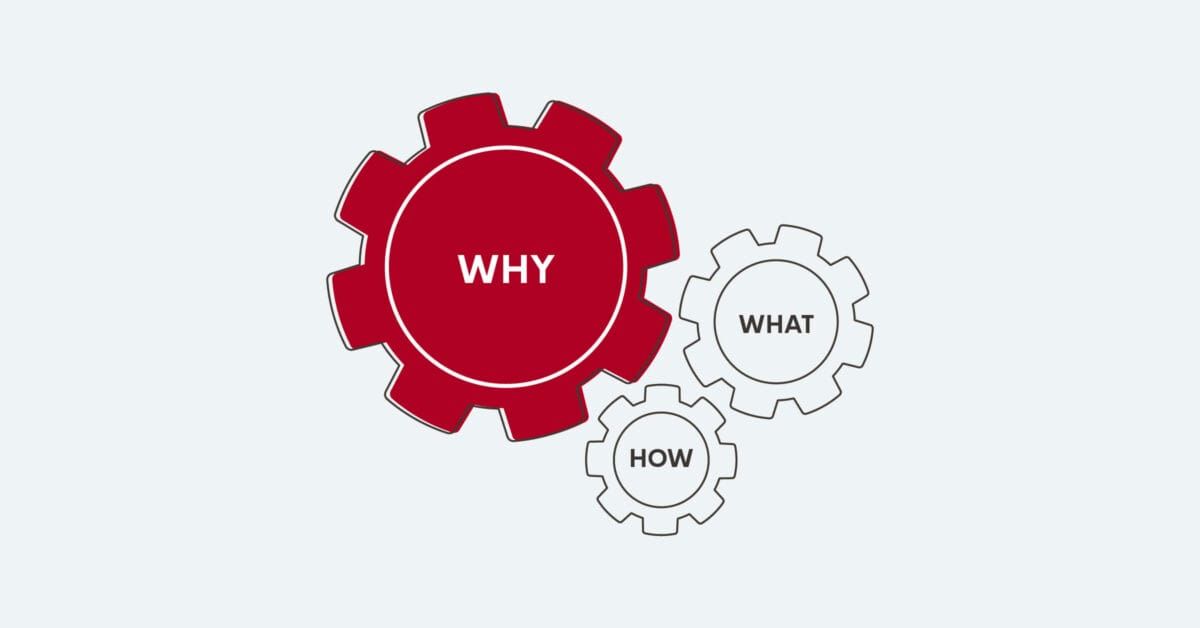Blog
Change Management: Making Organizational Change Stick
|

Blog
Change Management: Making Organizational Change Stick|

Successful organizations embrace change. They understand they can’t thrive without it. Consider Amazon’s rapid transformation. It started as an online bookstore in 1994, morphed into the biggest retailer in the world and, in 2017, shared its plan to produce as many as 16 feature films a year. The company would not be the dominant force it is today if it hadn’t operated with a growth mindset and quickly responded to market trends and opportunities.
Even though change can be invigorating, it can also be difficult. Up to 50% of organizational changes fail or deliver poor results. When faced with a significant challenge — or opportunity — organizations can build momentum and energy to support change and commit to transformation. How are companies making organizational change stick?
Start with why
To implement change successfully organizations must explain why a change is necessary, including explaining the risk of not changing. When organizations effectively communicate why the change is needed, employees are more likely to engage, understand their role and actively work toward making it happen. When employees understand why the change is necessary, it also avoids negative rumors or speculation.
Prosci’s methodology — Beehive’s change management model of choice — puts people at the center of its approach. This methodology effectively combines the psychology of individual change with organizational change. Prosci’s ADKAR model recognizes that successful change happens only when individuals embrace change and shift their behavior. The ADKAR acronym includes these five phases: Awareness, Desire, Knowledge, Ability and Reinforcement. The first step — Awareness — emphasizes the importance of explaining the rationale underpinning a desired change.
Commit to active and visible leadership
Leaders play a vital role in change management, yet leaders can’t make change happen alone. They can, however, build momentum and influence others in the organization. Leaders can do this by playing an active role in the change and being visible, transparent and consistent in their communication. Employees look to leaders for cues on how to respond to change. When leaders effectively model their belief in the change and communicate why the change is necessary, they create a desire to change, motivating employees and stakeholders to join the change movement. Leaders must drive organizational change and stay involved in the initiative from beginning to end.
Communicate proactively and consistently
Communication is the key to clarifying “the why,” activating leadership and sustaining momentum throughout the change. Change without clarity breeds uncertainty. When employees are uncertain, they’re less likely to embrace change.
Unfortunately, many organizations don’t build communication into their change plans. Beehive selected Prosci as our change management model of choice largely because it recognizes communication as foundational and fundamental to successful change, while other models do not. Change initiatives are most successful when communication happens early, often and with clarity and consistency.
Organizations need to enable proactive communication before, during and after change initiatives. Leaders should consider how employees will perceive the change and how they can best communicate “the why” in a way that resonates with employees. When they communicate proactively and consistently with employees, they are more likely to drive support for change.
Leaders should also leverage communication channels to share change progress and celebrate wins along the way. This will increase momentum and keep employees excited and engaged. Leaders need to understand how people think and work, and then proactively and consistently communicate to dissipate uncertainty and drive change.
Enlist leader champions, involve employees
Explaining why a change is necessary is critical, but it isn’t enough drive employee action. When executive leaders convey and model belief about why the change is necessary (Awareness) and create a desire to change, they motivate stakeholders to join and embrace the change.
Prosci’s data indicates that “active and visible executive sponsorship” is a key contributor to the success of change initiatives. Leaders must both champion organizational change and remain closely involved until the initiative is complete.
The most important factor in successful change has always been people. Leaders, change management sponsors and employees must all be engaged for change to succeed.
Make the change stick
Change is energizing and vital for keeping organizations relevant in continually shifting markets. Leaders should evaluate how ready their organizations are to manage change. Organizations that communicate the reason for change clearly, activate leadership and maintain proactive communication are more likely to see their change initiatives succeed.
###
About Lisa Hannum, CEO
Lisa Hannum is founder and CEO of Beehive Strategic Communication, a Certified B Corporation. She is a purpose-driven leader who believes in the power of communication to build better businesses for a better world. Lisa has more than 30 years of experience in brand positioning, change management, culture transformation, crisis and issues management, marketing and public relations. Her clients have included Verizon, 3M, Cargill, University of Minnesota Health and Beaumont Health. Lisa frequently speaks and writes on the business value of communication and workplace culture.

